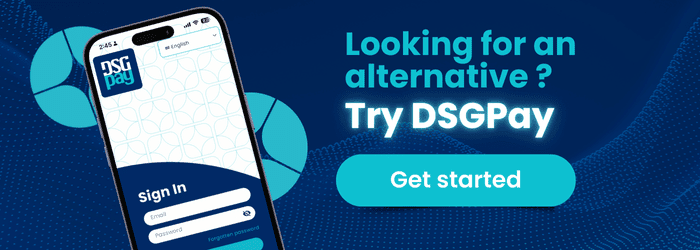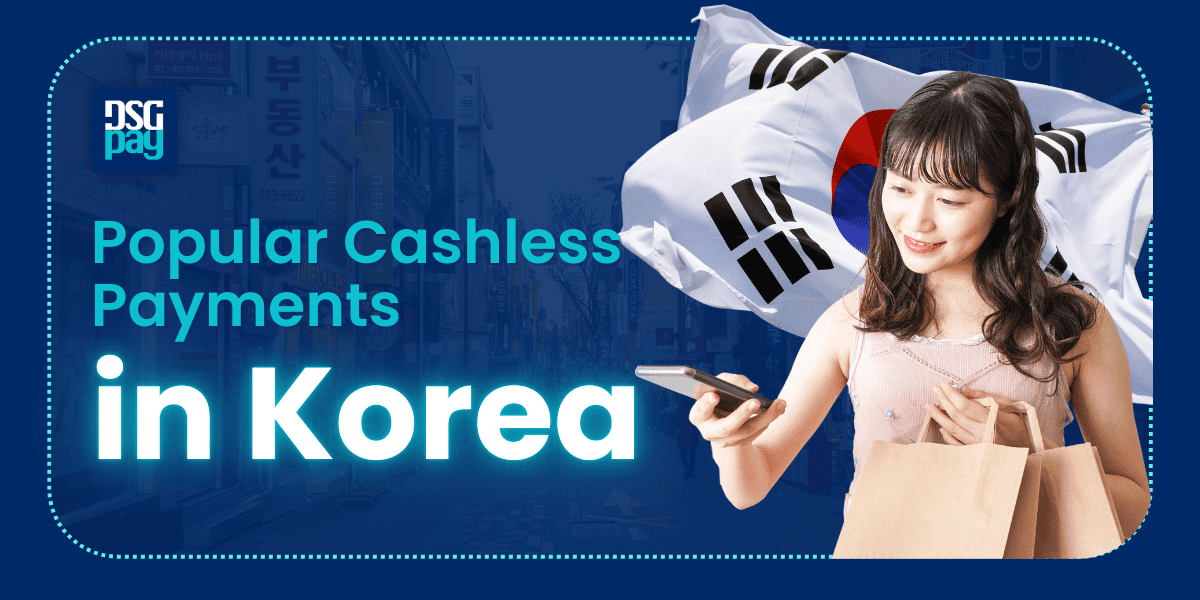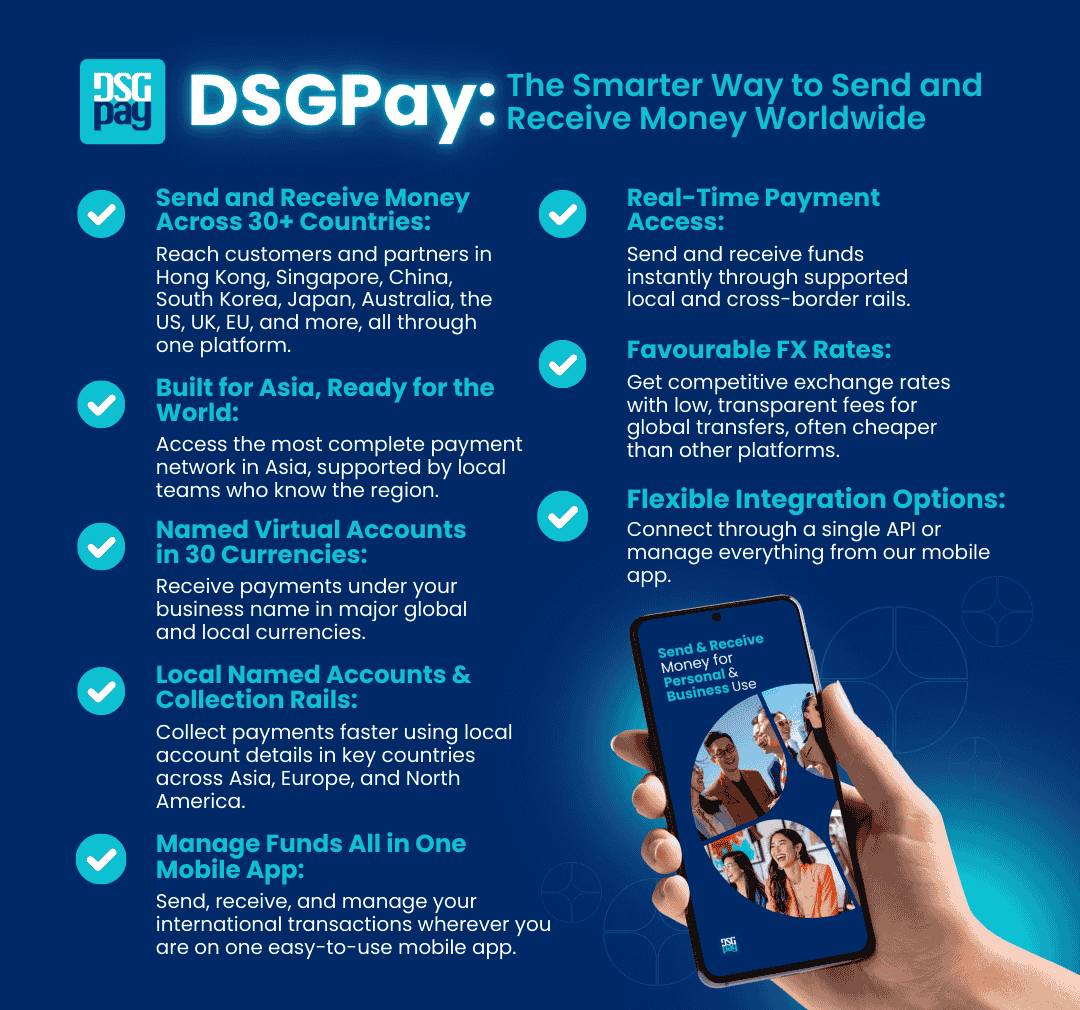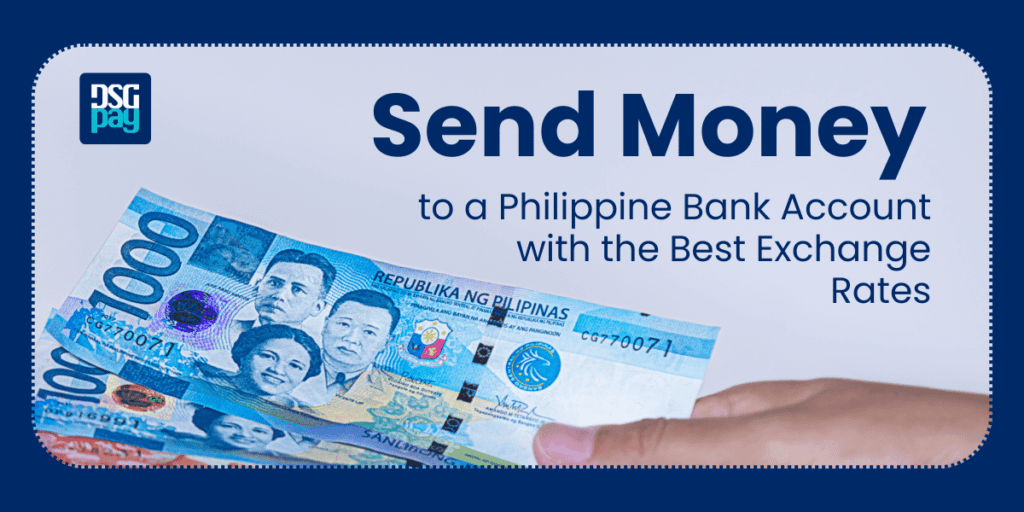Cashless payments in Korea are changing the way people pay, shop, and manage their money. In one of the world’s most connected countries, digital payments have become a normal part of daily life, whether it’s buying coffee, taking the subway, or shopping online.
South Korea has made significant progress toward becoming a cashless society, with strong government support and high smartphone usage driving the shift. From mobile apps to contactless cards, cash is no longer a necessity for most transactions.
In this article, we’ll explore this fascinating transition and the popular payment methods leading the charge for cashless payments in Korea.
Table of Contents
The Shift to Cashless Payments in Korea
South Korea has one of the highest smartphone penetration rates in the world, with over 96% of the population owning a smartphone. This has created a strong foundation for digital payment adoption. The government’s push towards a cashless society and the rise of FinTech firms offering innovative payment solutions have further accelerated the shift from cash to digital payments.
Whether through apps, digital wallets, or contactless cards, consumers now have a variety of ways to go cashless in everyday life.
Popular Types of Cashless Payments in Korea
There are three main types of cashless payments in Korea. Each type works differently and offers unique benefits depending on needs and lifestyle.
1. Mobile Payments Apps
Mobile payment apps allow you to pay directly from your smartphone. You can link the apps to your bank account or credit card. These apps are widely accepted at convenience stores, restaurants, and online.
| Provider | Key Benefits | Limitations |
| KakaoPay | – Seamless integration with KakaoTalk – Peer-to-peer transfers – Widely accepted | – Limited to Korea – Requires Korean mobile number |
| Naver Pay | – Works well with Naver shopping and services – Fast online checkout | – Mostly for online use – Limited physical retail partners |
| Samsung Pay | – Supports both NFC and MST terminals – Works overseas – Links to bank cards | – Only available on Samsung devices – Setup is more technical |
2. Digital Wallets
Digital wallets are mobile apps that allow users to store money, buy items, transfer funds, and pay bills, all in one place. These platforms are very popular among digitally active users.
| Provider | Key Benefits | Limitations |
| Toss | – All-in-one app for payments, budgeting, and credit tracking – Clean interface | – Some features require Korean ID – Limited use outside Korea |
| Payco | – Offers reward points and discounts – Accepted at many Korean franchises | – Less widespread than KakaoPay – Focuses more on lifestyle purchases |
3. Contactless Cards
Contactless cards use NFC (Near Field Communication) technology, allowing users to make payments by tapping the card on a reader. These cards are commonly used for public transportation, small retail purchases, and vending machines. They are preloaded with funds and can be topped up easily at kiosks and convenience stores.
| Provider | Key Benefits | Limitations |
| T-money | – Widely accepted for buses, subways, taxis, and small purchases – Easy top-up | – Cannot be used for online transactions – Not linked to bank account |
| Cashbee | – Alternative to T-money with similar functionality – Accepted in various stores | – Slightly less coverage than T-money – Limited online or app integration |

Which Cashless Payment Option Should You Choose?
Choosing the right cashless payment method in Korea depends on your lifestyle and how long you plan to stay.
- For locals and long-term residents
- Mobile payment apps and digital wallets offer the most flexibility. They are widely accepted and come with extra features like bill payments, bank transfers, and budgeting tools.
- For tourists and short-term visitors
- Contactless cards are the easiest to use for daily transportation and small purchases. These cards don’t require a bank account or registration, and you can buy and top them up at most convenience stores.
- For online shoppers
- Mobile payment is a great choice for quick, secure checkouts on Korean e-commerce sites.
Why Cashless Payments Matter
Convenience in Daily Life
One of the main reasons for cashless payments in Korea is convenience. Users can make transactions quickly and effortlessly. They simply tap a phone or a card to pay, and payments are completed in seconds. This ease of use saves time for consumers, reducing the need to carry cash and making day-to-day transactions more seamless.
Cost-Efficiency
Cashless payments bring cost-efficiency to both businesses and consumers.
- Businesses
- The digital payments reduce the costs associated with handling cash, such as security and manual reconciliation.
- Some also benefit from lower transaction fees.
- Consumers
- Get benefits from special discounts, cashback, or reward points
Increased Financial Inclusion
Many digital platforms allow users to create accounts without needing a traditional bank account. This is especially helpful for young people, freelancers, or those who prefer mobile-first banking. As a result, more people are able to access essential financial services.
Concluding Thoughts on Cashless Payments in Korea
The future of cashless payments in South Korea looks bright. With the government’s continued support and the ever-growing popularity of digital payment platforms, the cashless revolution is only set to grow.
If you’re living in Korea, planning to move there, or simply want to stay ahead of global payment trends, understanding how cashless payments in Korea work is more important than ever.
Simplify International Transactions with Korea Using DSGPay
While cashless payments in Korea work seamlessly for locals, international users often face barriers when it comes to receiving payments, managing multiple currencies, or connecting with Korean partners.

Whether you’re a freelancer working with Korean clients, a business sourcing products, or someone sending money to South Korea, DSGPay helps you stay connected.
Why Use DSGPay?
- Open KRW virtual account in your name without needing to visit South Korea.
- Hold, send, and receive your funds over 30 currencies, including KRW, USD, EUR, and more.
- Faster settlement times and competitive FX rates.
- Local payout and collection options across Asia, the US, and Europe.
- Operates under a licensed MSO in Hong Kong, ensuring compliance and trust.
With DSGPay, you can simplify your international transactions and take full advantage of South Korea’s growing cashless ecosystem.




